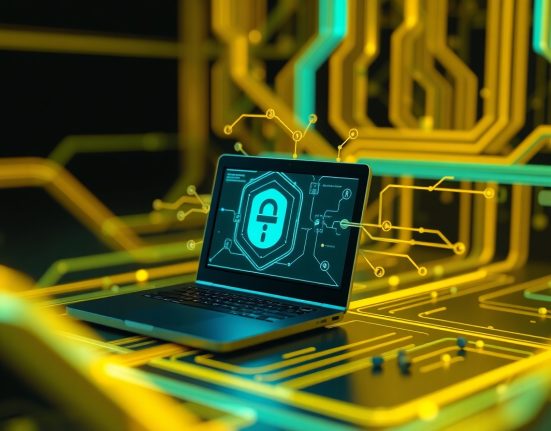For years, command and control systems (C4I) were seen as untouchable fortresses—carefully designed, sealed off from the public domain, and as far from the internet as possible. But the world has changed. The lines between closed and open networks have blurred, and our reliance on smart, data-driven technology has become more critical than ever. That’s exactly why cybersecurity in these systems isn’t just another layer of protection—it’s the foundation that keeps everything functioning in a world where every scenario begins and ends with information.
There’s something fascinating about command and control systems. Their magic lies in the ability to see the big picture and act in real time. They connect field systems, deliver early warnings, streamline decisions, and sometimes—quite literally—save lives. But that same power makes them a highly attractive target. A single small breach can ripple across entire processes, distort operational awareness, and lead to disastrous decisions at the worst possible moment. This isn’t just theoretical anymore—it’s a real and growing threat with every new update and every new device that connects to the system.
What makes defending these systems even more complex is that many of them were designed long before the word “cyber” was even a thing. Some are built on older architectures, and updating them isn’t always simple—it can affect system stability or introduce other risks. At the same time, the demand for connectivity, real-time analytics, and remote control is growing fast. This creates a constant tension between availability and security—a tension that, if ignored, can come at a steep price.
Thankfully, this field is evolving fast. Advanced solutions like intelligent network segmentation, real-time anomaly detection, and AI-driven vulnerability discovery are starting to make their way into command and control environments. More cybersecurity experts are stepping into spaces once reserved strictly for engineers, and there’s finally real dialogue. When a system engineer begins asking, “What happens if someone tries to disrupt this command?”, we’ve already taken a big step forward.
As someone who genuinely loves this field, I can say we’re just getting started. Every technological shift brings both risk and opportunity—and in this case, the opportunity is huge: to make critical systems smarter, more resilient, and more adaptable. Cybersecurity in command and control systems isn’t just a necessity—it’s the only way to ensure the technology we rely on stays on our side, especially when the unexpected happens.














